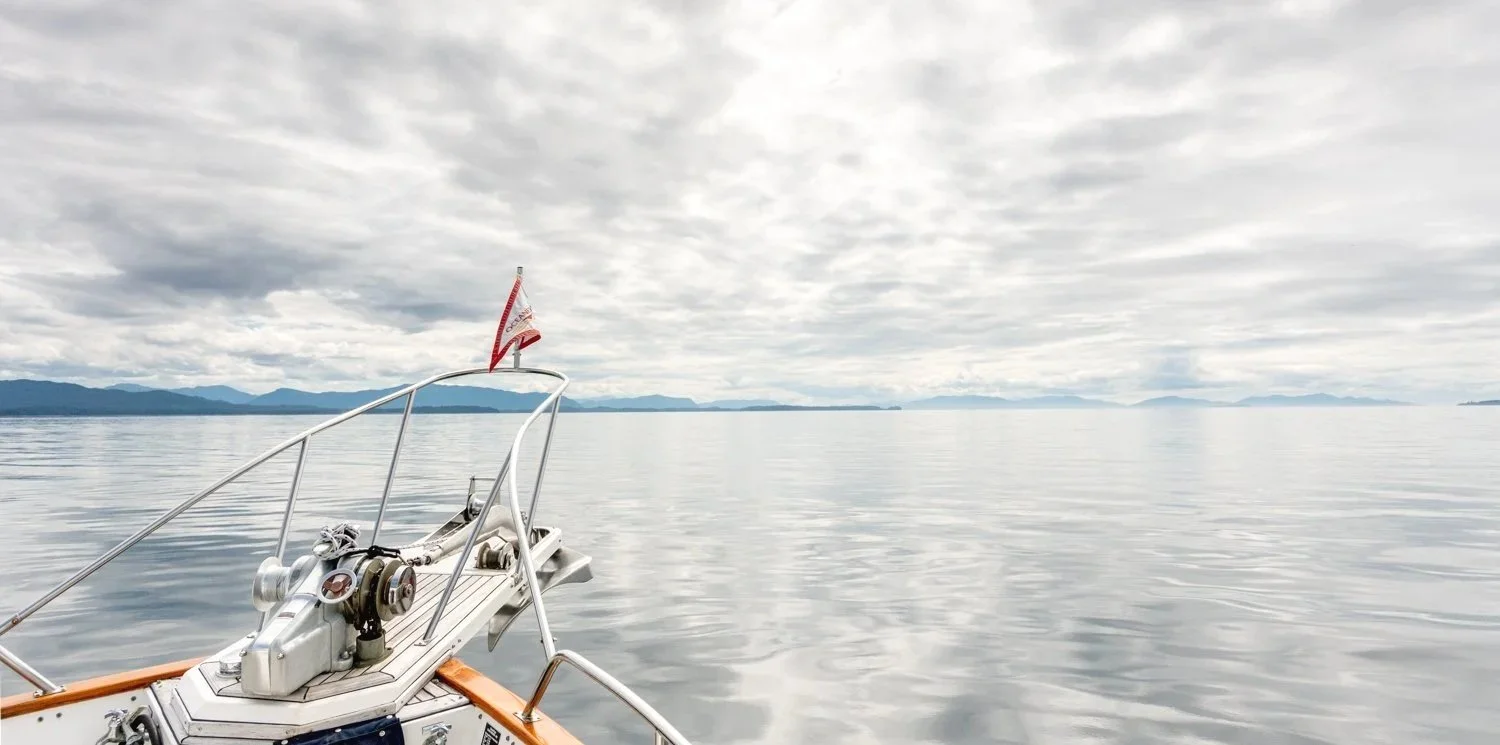Baker Inlet to Lowe Inlet
/We slipped out of Baker Inlet at high slack, the extra water and a bit of local knowledge making the exit feel almost routine. No boats were waiting to enter, and we felt a pang of reluctance leaving behind such a quiet, beautiful spot.
Back in Grenville Channel, we fell in line with four other southbound boats, including a tug and tow. Under gray skies the miles slid by easily, three hours of smooth running in The Ditch.
Lowe Inlet was already holding two boats when OceanFlyer arrived, and by evening four more joined us—clearly we’d found a southbound wave of cruisers. Salmon leapt around Verney Falls in their determined way, but no bears appeared to claim them.
our neighbors at lowe inlet
the falls at lowe inlet
Dinner was shrimp stir fry, a regular favorite on board, but this time with a welcome twist: our own fresh-caught prawns instead of Trader Joe’s frozen bag. Hard to beat that upgrade.
The skies began to lighten toward evening, but tomorrow’s forecast promises rain and fog all day. No matter—tonight, Lowe Inlet gave us another calm anchorage and the satisfaction of cruising in good company.

















